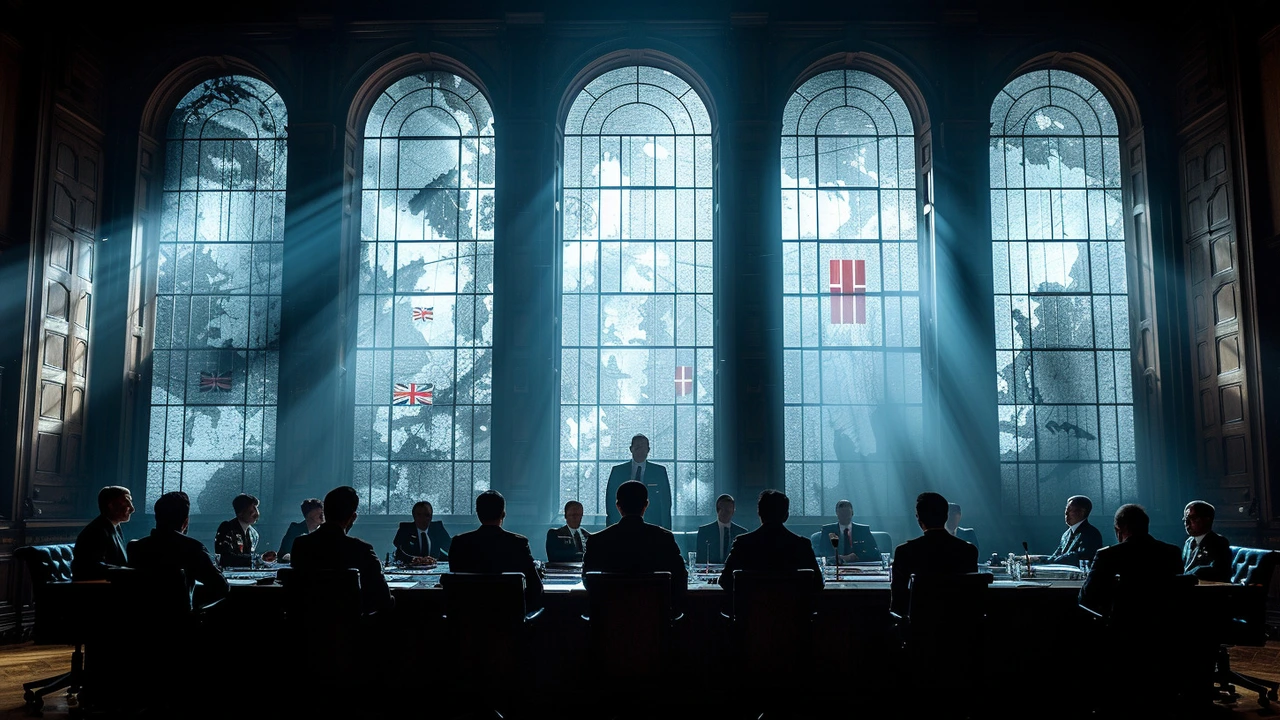Peacekeeping can look mysterious—blue helmets, complex mandates, and messy politics. This guide explains simply what peacekeepers do, how missions work, and when they help most. You’ll find practical facts and quick tips to understand current debates and the stories on Peacekeeping News Hub.
What is peacekeeping? It’s a tool used by international bodies, often the UN, to reduce violence and protect civilians during or after conflicts. Missions range from unarmed observers watching ceasefires to robust forces escorting aid and disarming fighters. The goal is not always to win a war; it’s to create space for political solutions and rebuilding.
First, a mandate is agreed by decision-makers—usually the UN Security Council. That mandate says what the mission can and cannot do. Next, countries contribute troops, police, and civilian experts. Funding and logistics follow, and teams go in with specific tasks: protect civilians, support elections, train local forces, or monitor human rights.
Mandates matter because they shape rules of engagement. Clear mandates with realistic goals work better. Vague or overly broad mandates cause confusion and risk for troops on the ground. Successful missions combine security work with political engagement and local partnerships.
Local buy-in is key. Missions that coordinate with local leaders, NGOs, and communities build trust faster. Short-term security without development often fails. That’s why peacekeepers now mix military presence with building schools, supporting courts, and helping police reform.
Technology helps but can’t replace people. Drones, communications, and data improve situational awareness and safety. Still, human skills—language, cultural knowledge, negotiation—decide outcomes. Training for those skills is as important as new equipment.
Problems persist. Political limits, scarce resources, and hostile actors slow progress. Peacekeepers sometimes face accusations of bias or misconduct; transparency and accountability systems must improve. Long timelines are normal—lasting peace can take years, not months.
Want to learn more? Read mission case studies on this site to see what worked and why. Look for articles about UN missions, community development tied to peacekeeping, and first-person accounts from peacekeepers. These pieces show the small, practical steps that add up to real change.
If you’re new to this topic, start with short explainers and then read a couple of long-reads on mission strategy and human rights protection. If you already follow peacekeeping, focus on lessons from recent missions and reforms in training and technology.
Questions? Explore related posts on Peacekeeping News Hub or contact us through the site. Understanding peacekeeping makes it easier to judge when it can help — and when other tools are needed.
A few quick tips: follow timelines of specific missions to track progress, compare mandates to actual activities, watch for civilian protection indicators like school reopenings and local courts functioning, and read first-person stories for ground truth. Use reliable sources and check dates—peacekeeping policies change fast.
Stay curious and ask questions on articles that challenge assumptions. Share insights with your network to spread accurate peacekeeping knowledge. Start reading today.

If you've ever wondered about the intricate ways of peacekeeping and conflict resolution, then you've come to the right place. I've spent countless hours pouring over various resources to create a comprehensive guide on the Art of Peacekeeping. This blog post will delve deep into the strategies and techniques used worldwide in maintaining peace in troubled areas. As someone deeply passionate about international relations, I hope you find this guide illuminating and insightful, shedding light on the incredible work of peacekeepers around the globe.
